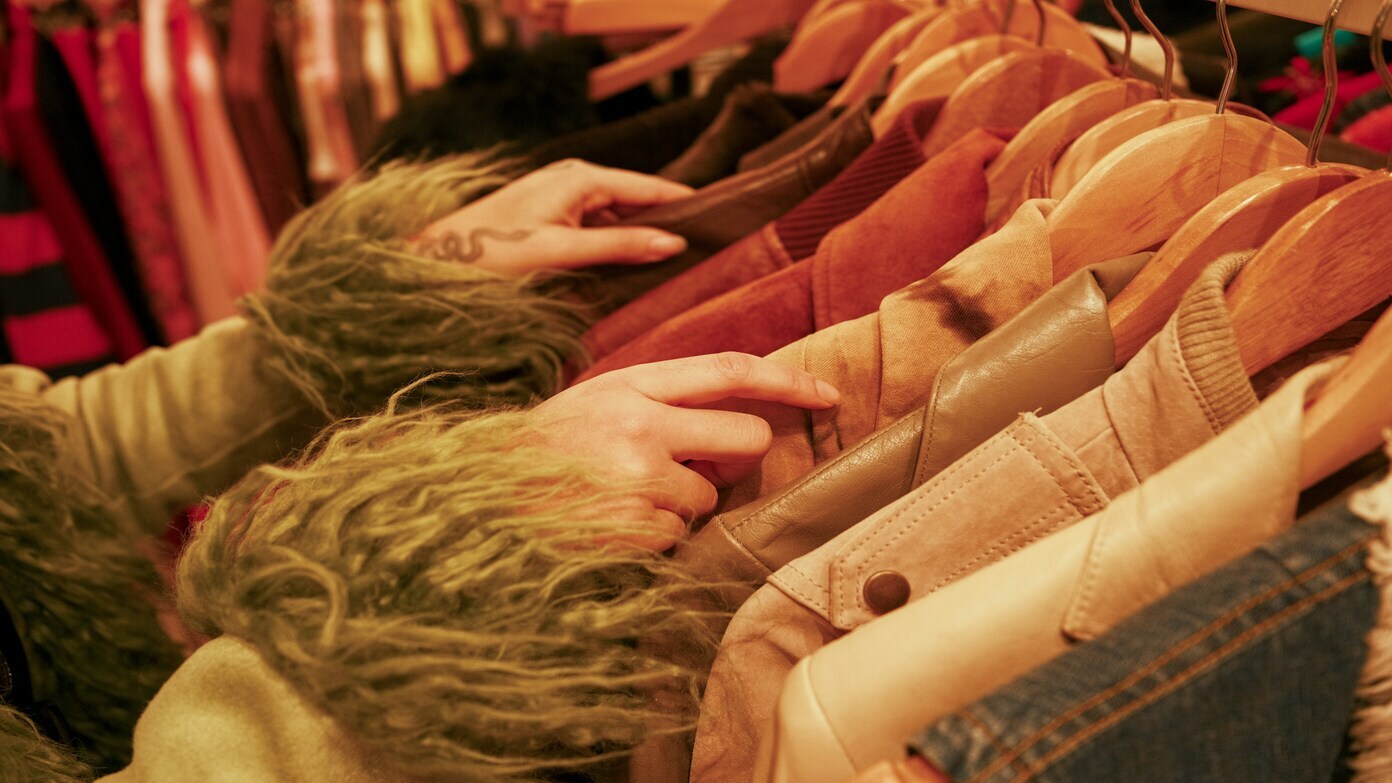The Trump’s administration came with a lot of changes in the global market, sweeping tariffs on imported goods and all, hence the rising costs of things across various sectors. From electronics to clothes and daily supplies, things are getting more costly by the day and this has prompted majority to seek alternatives to making these purchases. One of the alternatives that is gaining traction is the second hand shopping.
Having increased the tariff on imported goods from countries like China, and the European Union by a very high margin, there are concerns about a possible recession as Americans can barely make any purchases. The United States import nearly all it’s clothes, shoes, electronic gadgets from other countries, hence the hike in prices of things.
These price hikes have made inspired shoppers to begin to shop second hand items more, either physically at thrift or consignment stores, or online on platforms like eBay, Poshmark and ThreadUp.
Reports have shown that purchase of thrift items have gone up by a very high percentage and that it threatens to go even higher if the government doesn’t make these items cheaper.
Benefits of second hand shopping.
In response to the increase in pricings of items, consumers are reverting to getting second hand items. Here are a few advantages of second hand items:
- Saves cost as they are significantly cheaper than getting new items. For example, a second hand clothing can be up 50% less the price of a new one.
- Tarrif avoidance as the items are already in the country, they are not subject to import tariffs. This makes it a way cheaper alternative.
Challenges of the second hand market.
Despite the many benefits of shopping thrift items, it comes with a lot of concerns in a number of aspects. Some of the challenges include:
- Quality concerns. Used items might not measure up to the the standard of quality of new items. Also, warranties are not provided.
- Increased prices. As the demand for thrift items increases by the day, the prices may increase. This defeats the reason for gravitating towards them in the first place.
- Limited availability. The increase in demand can lead to shortage of in availability as the supply is not assured, especially for high-demand items.
Experts have a cautions however, that while second hand shopping can alleviate some financial pressure, it is not a solution to the broader economic challenges poised by the tariffs.
Some people may be newly motivated to sell their unwanted apparel and accessories, be it online, at consignment shops or directly through retailers who offer credit in exchange for used products.
Either way, experts say it could take months or even years to see the effects of tariffs on the secondhand market — whether positive, negative or negligible.

